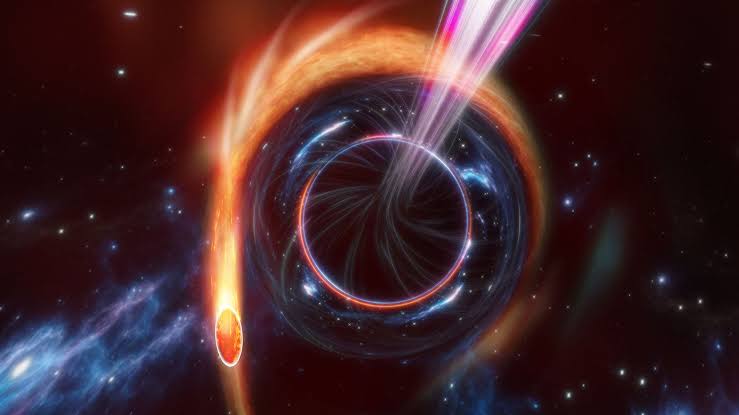Los Angeles, June 18, 2024, The Europe Today: In an extraordinary astronomical event, scientists have witnessed the awakening of a supermassive black hole for the first time. Located in a galaxy in the Virgo constellation, approximately 360 million light-years from Earth, the black hole has begun to shine brighter than ever observed before.
“We were able to observe the awakening of the massive black hole, which suddenly started to feast on gas available in its surroundings, becoming very bright,” said Claudio Ricci, an astrophysicist and co-author of the study detailing the phenomenon, which was published on Tuesday.
“This behavior is unprecedented,” added Paula Sanchez Saez, another astronomer closely involved in the study.
Details of the Supermassive Black Hole
The black hole in question has a mass about 1.5 million times that of the sun, making it relatively lighter compared to its peers. By comparison, the black hole at the center of the Milky Way, known as Sagittarius A*, has a mass four million times greater than the sun.
Supermassive black holes are known for their extremely violent environments, often tearing apart stars and other matter within their gravitational influence. Researchers have identified a spinning disk of diffuse material around the black hole at the center of the SDSS J1335+0728 galaxy, which has been radiating energy at very high temperatures, sometimes outshining entire galaxies.
An international team of astronomers is now analyzing data from multiple telescopes to determine whether this sudden burst of activity is a temporary occurrence or if it will persist for the foreseeable future.
Most galaxies, including the Milky Way, are believed to have a supermassive black hole at their core. “This is something that could happen also to our own Sagittarius A*,” said Lorena Hernandez Garcia, a co-author of the study, referring to the dormant black hole at the Milky Way’s center.
For now, Sagittarius A* remains inactive, but the recent observations in the Virgo constellation provide a compelling glimpse into the potential behavior of our own galaxy’s black hole.
The awakening of the supermassive black hole in SDSS J1335+0728 marks a significant milestone in our understanding of these cosmic giants, opening new avenues for research and deepening our knowledge of the dynamic processes occurring in the universe.














